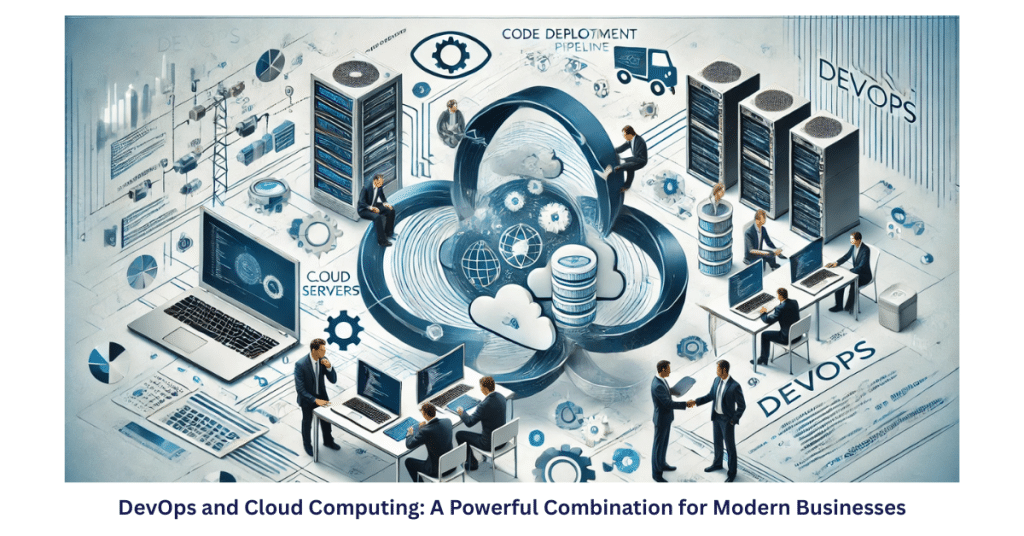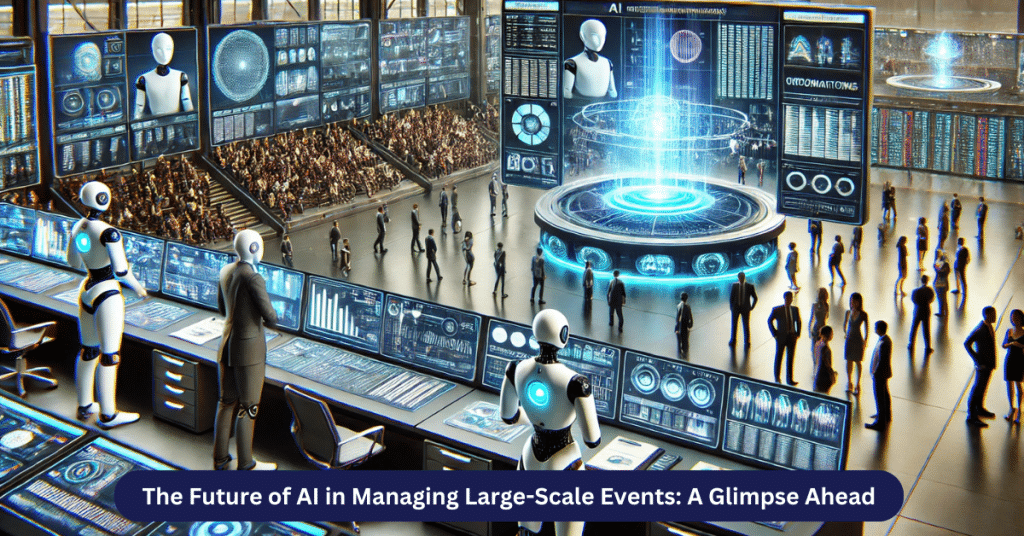IoT Cloud Computing refers to powerful synergies between the Internet of Things (IoT) and cloud computing. It begins by defining the IoT as a network of interconnected devices that communicate and exchange data, from everyday household items to industrial machines. Cloud computing provides the necessary infrastructure to store, process and analyze these enormous amounts of data. The integration of these technologies creates a dynamic ecosystem where IoT devices generate data and process it in the cloud with scalability, cost efficiency and real-time processing capabilities.
key challenges such as security issues, integration complexity, latency issues and efficient data management. Through real-world examples like healthcare, smart cities, manufacturing, agriculture, and retail, the blog shows how IoT and cloud computing are driving innovation and efficiency in a variety of sectors.
Understanding IoT and Cloud Computing
What is IoT?
A huge network of linked devices is known as the Internet of Things (IoT). These devices are equipped with certain components, known as sensors, and software that facilitate data collection and exchange.
Because of its enhanced convenience, efficiency, and real-time insights, IoT has become a vital component of our lives. IoT can be found in many different places, such as cars that operate safely on public roads or fitness watches that monitor our health.
IoT’s primary advantage is its capacity to independently collect vital data from a variety of sources.
What is cloud?
What is the meaning of cloud computing? Using computer services, such as storing data or running applications, over the internet without utilizing our devices or equipment is known as cloud computing. People can easily access info from anywhere in the world because of it.
Cloud computing can be seen by cloud storage services such as Google Drive and Dropbox. They enable us to save files to a different location and access them from any internet-connected device.
There are three basic categories of cloud computing services:
- Businesses that want processing power can rent virtual hardware using Infrastructure as a Service (IaaS).
- Platform as a Service (PaaS): Enables developers to use tools that are specific to the platform to construct apps.
- Software as a Service (SaaS): Provides software programs to users through subscription-based models.
What are IoT and Cloud Computing?
Cloud computing is one element that enhances the Internet of Things’ success. The Internet of Things refers to the physical devices’ networks and the network connectivity that allows these devices to connect and exchange data. The Internet of Things (IoT) includes factory machinery, and households Consisting of all physical objects or devices that can be connected to the Internet, such as appliances, cars and mobile devices such as smartphones and smartwatches, the huge data generated daily by IoT devices can be stored and managed in the cloud. With AI-driven analytics tools, these Valuable insights can be extracted from raw data, all in the cloud. It takes advantage of the scalability, flexibility and low cost of the cloud.
The challenge of storing, analysing, and retrieving vast volumes of data has grown as a result of technology’s rapid development. Using cloud and Internet of Things technology together is a great advancement. New monitoring services and robust processing of sensory information streams will be enabled when combined. For example, sensor data can be uploaded to the cloud and stored there for use in the future for intelligent monitoring and device activation. The objective is to turn data into ideas that will motivate practical and productive action.
For example, IoT devices that send data to the cloud can monitor and study city traffic patterns. This helps city planners to reduce traffic congestion and find ways to improve city life.
There are many benefits of combining these services
- Data storage and management: IoT devices generate huge amounts of data every second. This data needs to be properly organised, organised and processed efficiently. Cloud storage provides a scalable, cost-effective solution for storing and managing IoT data.
- Scalability and flexibility: The need for storage and processing power grows along with the number of IoT devices. A scalable, adaptable solution that can quickly meet these shifting needs is offered by cloud computing.
- Real-time data processing and analytics: To offer insightful information and make wise decisions, IoT devices frequently need to process and analyse data in real time. The infrastructure and processing capacity required to complete these tasks in real-time are provided by cloud computing.Global industry transformation is occurring thanks to cloud-based IoT solutions. IoT in the cloud is altering how we live and work, from intelligent manufacturing systems that can monitor and enhance production efficiency to smart homes that can be operated remotely using a smartphone.
Key Challenges in Cloud-Based IoT Implementation
- Privacy and Data Security Concern
An Internet of Things network’s large number of linked devices offers several opportunities for possible cyberattacks to enter. These kinds of attacks can cause severe damage because of how sensitive the data that is obtained is in many situations. Also, because the cloud is global, data may be held in various regions, each with its own set of privacy rules and regulations. This makes compliance challenging.
Businesses need to put strong security measures in place at all IoT network levels, from devices to the cloud, to solve these problems. These could consist of intrusion detection systems, firewalls, secure device authentication, and encryption. Companies should also make sure that the cloud service provider follows all applicable privacy rules and regulations. - Latency and network connectivity
Ensuring stable network connectivity and low latency presents a big problem when adopting IoT in the cloud. Devices’ capacity to send data to the cloud reliably and swiftly is critical to an IoT system’s performance. However, difficulties like poor signal strength, overcrowded networks, or infrastructure problems can cause significant latency and connectivity concerns, which will affect how well the Internet of Things system performs.
Businesses need to invest in reliable and high-performing network infrastructure to overcome this challenge. High-speed internet connections, specialized IoT networks, and edge computing systems that process data closer to the source, lowering latency, could all fall under this category. An industry standard for linking Internet of Things devices to the Internet is MQTT, a scalable and dependable protocol.
- Combining with Current Systems
In the end, it can be a difficult process to integrate cloud platforms and IoT devices with current infrastructure and technology. The multiplicity of IoT devices and the absence of common data-sharing and communication protocols are to blame for this. Because of this, companies could have trouble making sure that their IoT devices can connect to the cloud and other IT infrastructure systems efficiently.
Businesses can take this into approach using IoT platforms or middleware, which offer standardised protocols and APIs for data sharing and connectivity. They could also look for help from knowledgeable system designers or IoT experts.
The conclusion highlights the transformative potential of this integration, embracing challenges while emphasising substantial benefits. As technology advances, the synergy between IoT and cloud computing promises to unlock new possibilities and further advances, revolutionising industries and businesses alike.
At Geeks Solutions, we understand that every business is unique and has different requirements when it comes to cloud solutions. That’s why we follow a streamlined process to ensure that our cloud services meet your specific needs.



